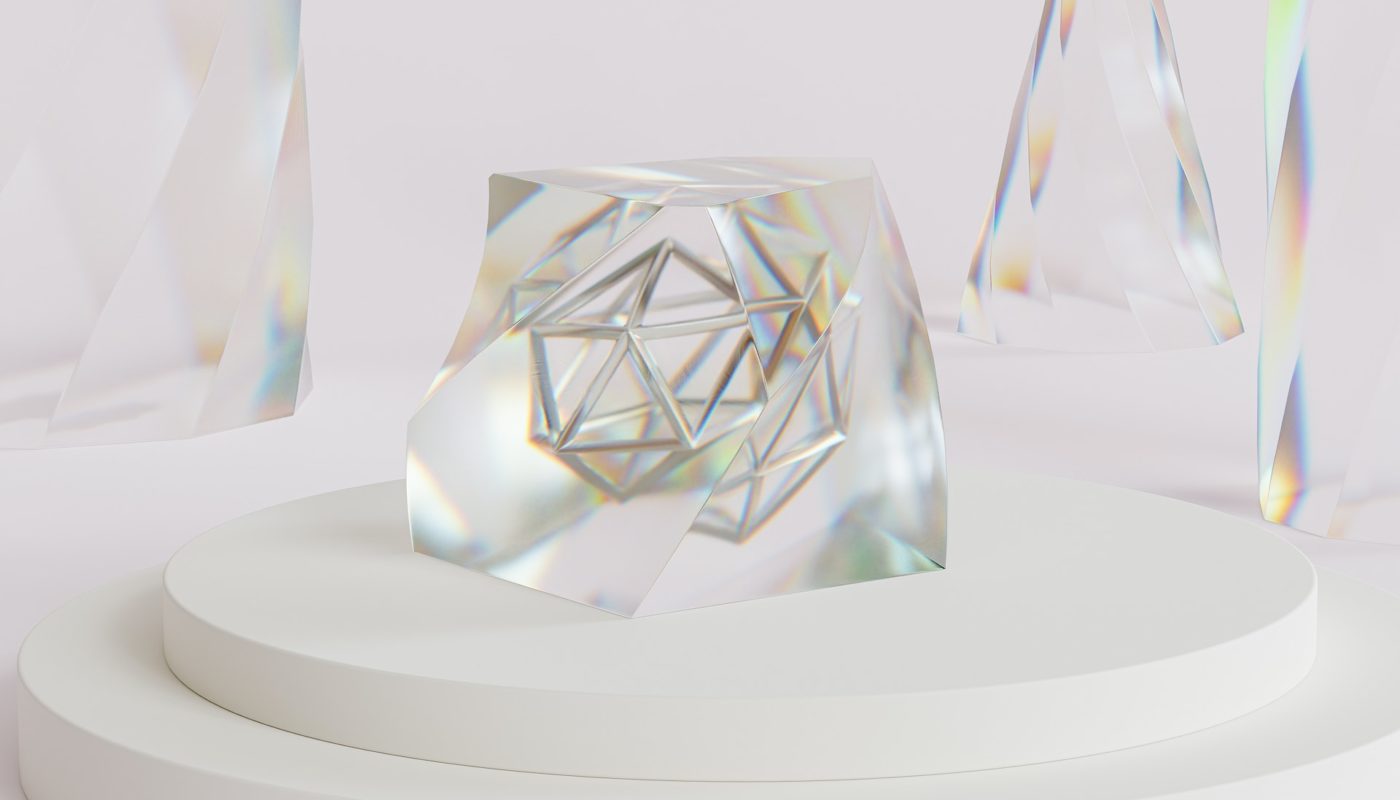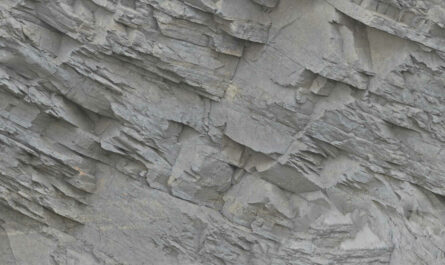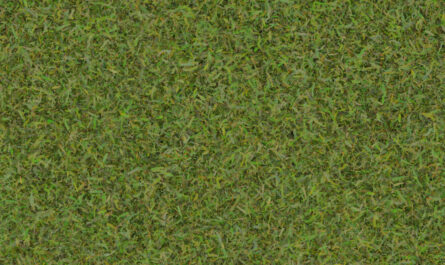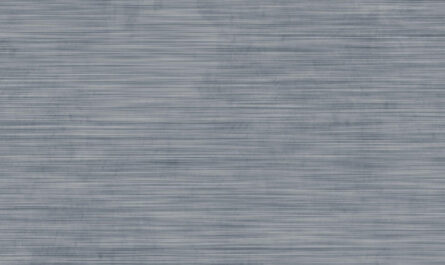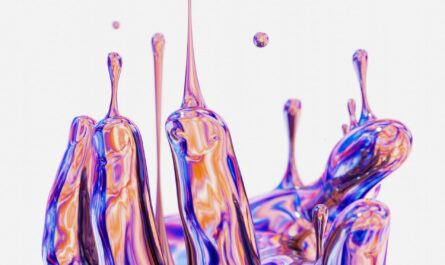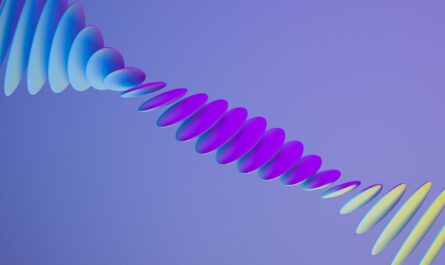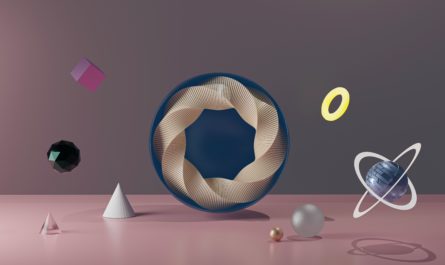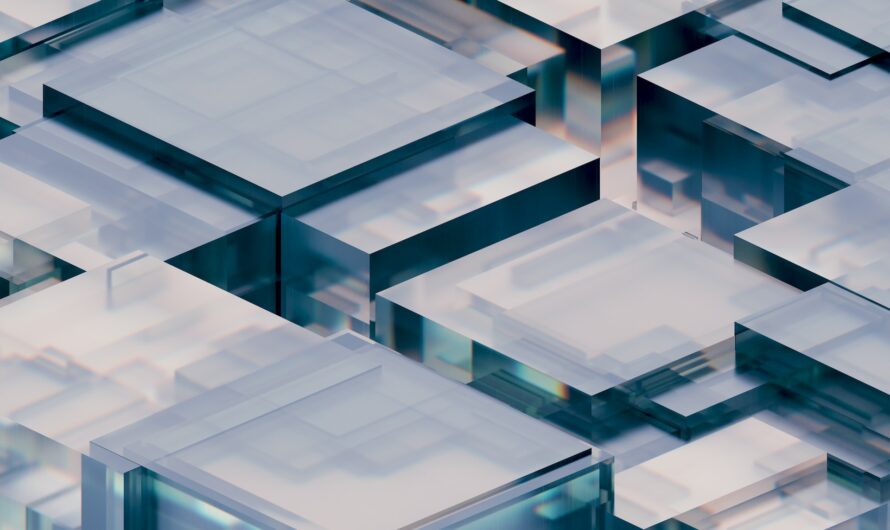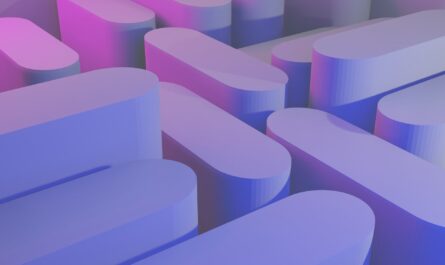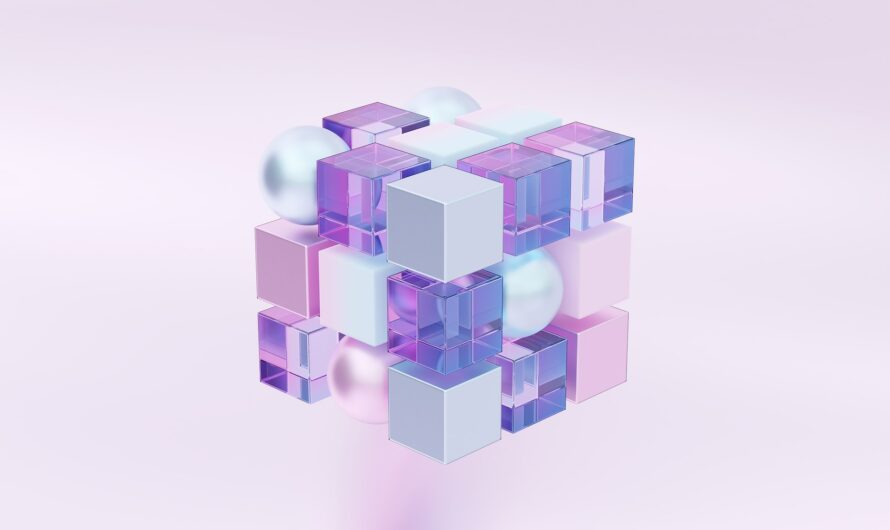In this blog post, we’ve sourced a compiled collection of Blender 3D modelling tools and addons that you can use for your next 3d modelling project. As always, this list is updated regularly. Email over the URL, if you wish to be included.
Eevee is Blender’s realtime render engine built using OpenGL focused on speed and interactivity while achieving the goal of rendering PBR materials. Eevee can be used interactively in the 3D Viewport but also produce high quality final renders. Eevee materials are created using the same shader nodes as Cycles, making it easy to render existing scenes. For Cycles users, this makes Eevee work great for previewing materials in realtime.
FreeStyle is an edge- and line-based non-photorealistic (NPR) rendering engine. It relies on mesh data and z-depth information to draw lines on selected edge types. Various line styles can be added to produce artistic (“hand drawn”, “painted”, etc.) or technical (hard line) looks.
Modifiers are automatic operations that affect an object in a non-destructive way. With modifiers, you can perform many effects automatically that would otherwise be too tedious to update manually (such as subdivision surfaces) and without affecting the base geometry of your object.
UV Unwrapping is a tool that let’s you easily unwrap your mesh right inside Blender, and use image textures or paint your own directly onto the model.
UV Sculpt is a “mode” in Blender that allows you to grab, pinch and smooth UVs, just like Sculpt Mode.
Dedicated Workspace is a feature of sculpting organic subjects using the built-in sculpting feature set of Blender.
Brushes is a feature in Blender that comes with built-in brushes such as Crease, Clay Strips, Pinch, Grab, Smooth, Mask and many more.
Dynamic topology( dyntopo) is a dynamic tessellation sculpting method, which adds and removes details on the fly, whereas regular sculpting only affects the shape of a mesh.
Masking is a feature used while sculpting, areas might be hidden behind parts of the mesh or they might be too close to other parts. To work through these, it is useful to isolate parts of a mesh to sculpt on. This can be done by either completely hiding parts of the mesh or by masking areas that can not be sculpted on.
Grease Pencil is a particular type of Blender object that allow you to draw in the 3D space. It can be use to make traditional 2D animation, cut-out animation, motion graphics or use it as storyboard tool among other things.
Constraints are a way to control an object’s properties (e.g. its location, rotation, scale), using either plain static values (like the “limit” ones), or another object, called “target” (like e.g. the “copy” ones).
Drivers are a way to control values of properties by means of a function, mathematical expression or small script.
Shape keys are used to deform objects into new shapes for animation. In other terminology, shape keys may be called “morph targets” or “blend shapes”. The most popular use cases for shape keys are in character facial animation and in tweaking and refining a skeletal rig. They are particularly useful for modeling organic soft parts and muscles where there is a need for more control over the resulting shape than what can be achieved with combination of rotation and scale.
Motion Paths is a tool allows you to visualize the motion of points as paths over a series of frames. These points can be object origins and bone joints.
Simulations is a tool that allows you to create amazing Simulations such as a crumbling building, rain, fire, smoke, fluid, cloth or full on destruction.
Blender Video Editor is a video editor that comes with a built-in video sequence editor allows you to perform basic actions like video cuts and splicing, as well as more complex tasks like video masking or color grading.
Blender Compositing is a feature that comes with an impressive library of nodes for creating camera fx, color grading, vignettes and much more Render-layer support. Along with the ability to render to multiLayer OpenEXR files.
Blender Motion Tracking is a feature that provides production ready camera and object tracking, allowing you to import raw footage, track it, mask areas and reconstruct the camera movements live in your 3d scene.
fSpy is an open source still image camera matching tool developed by Stuffmatic. Also check-out the fSpy importer for Blender.
Blender-Guide – Distributed under the Creative Commons Attribution 4.0 International (CC BY 4.0) Public License. No Changes Made.

